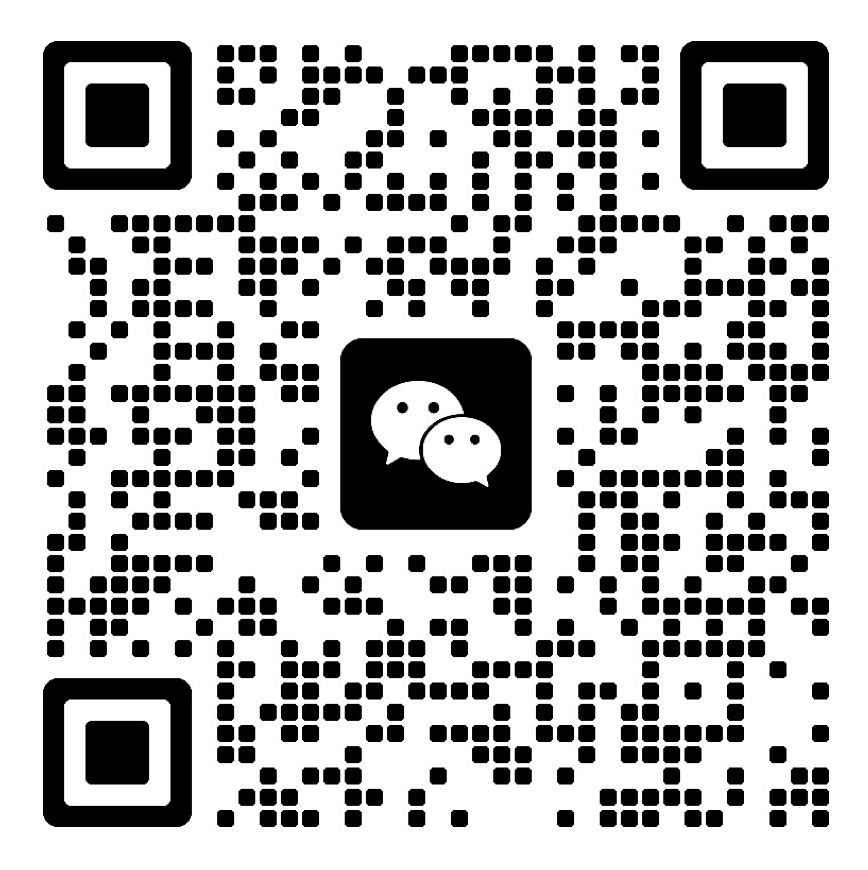
Services
返回Testing Services
Certification Services
Asia Certification下拉
- Japanese TELEC certification
- BIS certification
- PSE certification
- JATE certification in Japan
- VCCI Certification in Japan
- IMDA certification
- GCC Certification for Gulf Sev
- Iran COI certification
- Qatar COC Certification
- Iraq COC Certification
- Singapore PSB certification
- Vietnam COC certification
- KUCAS Certification in Kuwait
- KC certification
European Certification下拉
- EU E-Mark certification
- German GS certification
- REACH certification
- CE-ERP certification
- German TUV-SUD certification
- RED certification
- CE certification in Türkiye
- TSE certification in Türkiye
- Türkiye BTK certification
- European D-MARK certification
- Electrical ENEC certification
- Northern Ireland UKNI logo
- Russian EAC certification
- GOST certification in Russia
- RoHS certification
North American Certification下拉
- ASTM certification
- UL, ETL, CSA, MET, TUV certifi
- FCC Certification in the Unite
- Energy Star
- IC certification
- ul certification
- ETL certification
- CEC certification
- FDA certification
- ASTM certification
- CSA certification
- CPSC Certification in the Unit
- IRAM certification
- Mexico NOM certification
- Ecuador VOC certification
Middle East Certification下拉
- PVOC certification
- Algeria PCA certification
- Saudi EER Energy Efficiency Ce
- Saudi SABER certification
- Saudi SASO Energy Efficiency C
- Saudi EER Energy Efficiency Ce
- Iraq COC Certification
- Qatar COC Certification
- Iran COI certification
- Qatar COC Certification
- Iran COI certification
- Saudi SABER Certification Gulf
- Saudi SABER certification
Africa Certification下拉
- African COC certification
- Kenya PVOC certification
- Nigeria SONCAP certification
- Zimbabwe CBCA Certification
- South African LOA certificatio
- SABS certification in South Af
- Uganda PVOC certification
- Botswana COC Certification
- Zambia COC certification
- COC certification in Burundi
- Ghana COC certification
- Mauritius VOC certification
- Ethiopian VOC and COC certific
- Algeria COC certification
- Gabon COC certification
Register for the record
Systems and Training Services
Laboratory design and construction
Contact Us


National 24-hour service hotline
86+13560405821
Group Headquarters
E-mail: Lymay.zhong@lcs-cert.com
Address: Juji Industrial Park, Xueziwei, Ngabian, Shajing Street, Baoan District, Shenzhen Building A 1~2F, Building C 3F
German GS certification
Product range:
The meaning of GS GS is "Geprufte Sicherheit" in German, which also means "Germany Safety". GS certification is based on the German Product Safety Act (GPGS), in accordance with the EU unified standard EN or German industrial standard DIN for testing a voluntary certification, is a German safety certification mark recognized in the European market.
Products that can apply for GS certification are:
1. Household appliances, such as refrigerators, washing machines, kitchen utensils, etc.
2. Household machinery.
3. Sports goods.
4. Household electronic devices, such as audio-visual equipment.
5. Electrical and electronic office equipment, such as copiers, fax machines, shredders, computers, printers, etc.
6. Industrial machinery, experimental measurement equipment.
7. Other safety-related products such as bicycles, helmets, ladders, furniture, etc.
GS safety certification mark
The 1.GS mark is a safety certification mark issued by TUV, VDE and other institutions authorized by the German Ministry of Labor.
GS mark is a safety mark accepted by the majority of customers in Europe. Generally, GS-certified products are sold at a higher unit price and sell better.
2. EC CE stipulates that 1997.1.1. "Low Voltage Directive (LVD)" is regulated. GS already contains all the requirements of the Low Voltage Directive (LVD). Therefore, after obtaining the GS mark, some institutions will exceptionally issue the CE certificate (COC) of the LVD of the product free of charge, and the manufacturer obtains the LVD certificate at the same time as applying for GS.
3. Requirements for products and documents for GS certification:
- The product should pass the type test of European safety standards.
- The product structure should meet the requirements of the standard.
- The instructions (in German, English) should comply with the standard.
- English documents such as "Structure Diagram", "Circuit Diagram", "Parts List" prepared as required, product testing will be carried out according to the parameters provided in these documents.
4. GS certification has strict requirements for the quality assurance system of the factory, and the factory should be reviewed and inspected annually:
- Require factories to establish their own quality assurance system according to ISO9000 system standards when shipping in batches. The factory must at least have its own quality control system, quality records and other documents and sufficient production and inspection capabilities.
- Before issuing GS certificate, the new factory must be examined and qualified before the GS certificate is issued.
- After the issuance of the certificate, the factory shall be audited at least once a year. No matter how many products the factory applies for the TUV mark, the factory only needs 1 inspection.
GS certification scope
1. Household appliances, such as refrigerators, washing machines, kitchen utensils, etc.
2. Household machinery.
3. Sports goods.
4. Household electronic devices, such as audio-visual equipment.
5. Electrical and electronic office equipment, such as copiers, fax machines, shredders, computers, printers, etc.
6. Industrial machinery, experimental measurement equipment.
7. Other safety-related products such as bicycles, helmets, ladders, furniture, etc.
GS certification process
1) First meeting: Through the first meeting, the testing agency will or the agency explain the specific procedures of certification and the relevant standards to the applicant's product engineer, and provide the required document form.
2) Application: The applicant submits documents that meet the requirements, for electrical products, it is necessary to submit the final assembly drawing of the product, electrical schematic diagram, bill of materials, product use or installation instructions, description of the differences between series models and other documents.
3) Technical meeting: After the testing institution has checked the applicant's documents, a technical meeting with the applicant's technical staff will be arranged.
4) Sample test: The test will be carried out in accordance with the applicable standards and can be carried out in the manufacturer's laboratory or any laboratory of the inspection agency in each country.
5) Factory inspection: GS certification requires safety-related procedural inspections of production sites.
6) Issue GS certificate.
GS certification cycle
Generally, the length of time depends on whether the product needs to be modified or how quickly the manufacturer can submit the required product documentation. In general, the time required is generally about 6 to 8 weeks.
GS certification fees
The fee includes a one-time license fee, factory inspection fee, and certificate annual fee. The exact number will be determined depending on the category of the product and the tests required. The certification body will provide you with a price reference after receiving the required documents submitted by the applicant, and the price will vary depending on the market policy and credibility of each certification body.
GS certified factory inspection requirements
1. Quality management
1.1 Is there a management organization responsible for product quality independent of production, and the name of the person in charge?
1.2 Have you developed and implemented training programs for all types of personnel, especially for key process personnel? What is the personnel assessment system?
1.3 Proportion of quality management personnel to production personnel.
1.4 Is there a production record in the key process of the product, whether the product packaging is numbered, if not, if there is a quality problem, how to find the defective product?
1.5 Whether warehouse management and production operators have carried out relevant aspects of inspection:
1.5.1 Raw materials 1.5.2 Production process 1.5.3 Finished products
1.6 Is there a quality check and who is responsible?
1.7 Whether quality analysis meetings are held regularly, quality problems are dealt with in a timely manner, and feedback work is done.
2. Production line of certified products
2.1 Whether there is a production flow chart and quality control point diagram of certified products and a production system that clearly stipulates.
2.2 The equipment, instruments and quantities on the production line have no maintenance system and regular inspection system and their records.
2.3 Whether there are key production equipment, process equipment and test equipment, and how accurate is it, provide relevant lists.
3. Raw materials, purchased parts, parts
3.1 Provide a catalog of key parts and key materials.
3.2 Explain how to ensure the quality of raw materials, purchased parts and parts (whether there are parts and raw material inspection specifications). Whether there is a system of use and custody.
4. Metrology
4.1 Is there a metrology mechanism?
4.2 The scope of work and personnel profile of the measurement institution (has it been assessed by the measurement department?) )
4.3 If there is no measuring authority, please indicate in what units the measurement is carried out.
5. Factory test agency
5.1 List the name of the main test equipment and the manufacturer, whether there is a certificate of conformity and a valid appraisal certificate (accuracy, grade) and what tests can be carried out.
5.2 Test Environment
6. Technical documents and information
6.1 Product drawings and product technical conditions and process documents.
6.2 Test report of the product that has applied for certification within the last six months.
6.3 The percentage of waste and defective products detected in the last six months of total output.
7. Technical services
7.1 What are the records and user reviews?
Documents to be submitted for GS certification
1. Fill in the application form
2. Sign the general agreement
3. Information required for safety assessment
A CB certificate and report for the product can be provided and must include a European group difference. Or provide the information required to conduct a safety assessment
-Product instruction manual (including safety warnings, maintenance instructions, accessories installation steps, etc.)
-Parts list (Provide information on key safety parts used in the product in accordance with the requirements of relevant standards.) Part information may include manufacturer, model, parameters, certification information, parts requirements need to consider the requirements of parts standards and final product standards)
- Circuit diagrams and layouts
- Structural diagram of the product
-Specifications for transformers and other parts
4. Parts in contact with food (if any)
Please provide the food hygiene approval documents issued by the authority for accessible black materials (plastics, coatings, etc.) or the relevant test evaluation (PAH) is required.
5. Nameplate (German, GS logo of the correct size is required. )
6. Electromagnetic compatibility assessment report (EMC) and factory declaration of conformity (DOC)
7. German manual
8. Samples at the time of shipment to complete structural review, type test or ergonomic test evaluation
9. If applicable product category, the evaluation report of Noise and EN50332 should be provided
10. If the applicable product category, the evaluation report of DMF and EMF shall be provided.
GS Certification - Role
The GS mark indicates that the safety of use of the product has been tested by a credible independent organization. The GS mark, although not mandatory by law, does allow manufacturers to be subject to strict German (European) product safety laws in the event of an accident caused by a product failure. Therefore, the GS logo is a powerful marketing tool that can enhance customer confidence and purchase desire. Although GS is a German standard, it is recognized by the vast majority of European countries. And while meeting GS certification, the product will also meet the CE marking requirements of the European Community. Unlike CE, GS marking is not legally mandatory, but because safety awareness has penetrated into ordinary consumers, an electrical appliance with GS mark may be more competitive in the market than general products.
30
individual
Large-scale experimental base
150
individual
Professional Lab
30
All kinds of
Analysis Method
2700
million times
Testing/year




 WeChat Inquiry
WeChat Inquiry
